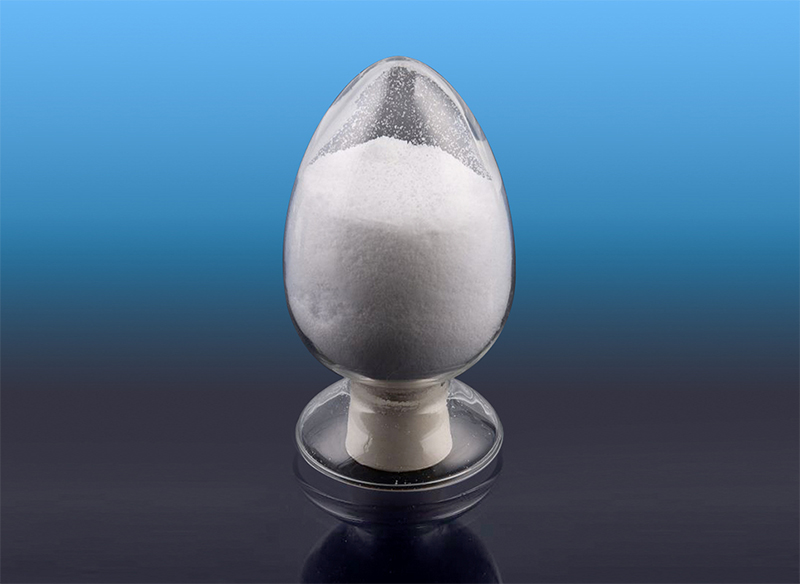What environmental considerations are there when using polarized SEBS in product manufacturing?
When using polarized SEBS (Styrene-Ethylene-Butylene-Styrene) in product manufacturing, several environmental considerations should be taken into account:
Recyclability:
SEBS is generally considered a recyclable material, but the process can be more challenging for polarized versions. The addition of polar groups during polarization can affect the material’s compatibility with certain recycling streams, potentially requiring specialized recycling processes.
In cases where polarization introduces additional additives or chemicals, it may complicate the material’s recyclability, particularly if the additives are not easily separated during the recycling process.
Biodegradability:
While SEBS itself is not biodegradable, its environmental footprint can be reduced when used in applications that promote durability and long product life. However, the introduction of polarized components does not significantly improve or diminish its biodegradability unless the polymer is engineered for more environmentally friendly disposal.
It’s important to consider if the product made from polarized SEBS will eventually end up in landfills, where it may take a considerable amount of time to break down.
Energy Consumption During Manufacturing:
The process of polarizing SEBS may require additional energy inputs compared to unmodified SEBS, which could increase the overall carbon footprint of the manufacturing process. However, this can vary depending on the specific technology and processes used in the polarization.
If energy-efficient processing methods are implemented (such as optimizing the temperature and pressure conditions), it may help reduce the environmental impact.

Chemical Additives and VOC Emissions:
Polarized SEBS might require specific additives, stabilizers, or solvents during the manufacturing process to achieve desired properties, such as increased UV stability or improved mechanical performance. The use of such chemicals can introduce volatile organic compounds (VOCs) or other potentially harmful substances into the environment during processing.
Manufacturers should be mindful of regulatory requirements for these chemicals, ensuring that they are used in compliance with environmental standards (e.g., REACH, RoHS).
Sustainability of Raw Materials:
SEBS is typically derived from petrochemical sources, meaning its production relies on fossil fuels. While the material itself is durable and versatile, its environmental impact can be mitigated by sourcing the raw materials from suppliers that employ more sustainable extraction methods or by developing bio-based alternatives to reduce reliance on non-renewable resources.
Some companies are exploring the use of bio-based styrene or other renewable sources to create more sustainable versions of SEBS.
Life Cycle Assessment (LCA):
Conducting an LCA for products made with polarized SEBS can help identify areas where environmental impacts can be reduced, such as optimizing material use, improving energy efficiency during manufacturing, or considering end-of-life recycling options.
Understanding the full environmental impact—from raw material extraction to end-of-life disposal—can guide manufacturers toward more sustainable practices.
End-of-Life Disposal:
The disposal of products made from polarized SEBS is another critical consideration. If the product is not recyclable, it may end up in landfills, where it can take a long time to decompose.
Encouraging take-back programs or designing products that are easier to recycle can help reduce the environmental burden at the end of a product's life cycle.





